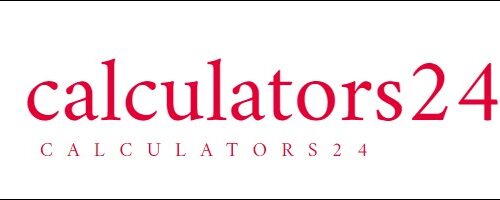Result
Result (Binary):
Unveiling the Binary System: Decoding the Language of Computers
Embracing the Binary Dance
Delving into the heart of computing, we encounter the binary system, a numerical language closely akin to the more familiar decimal system. While the decimal system relies on the base 10, its binary counterpart opts for the simplicity of base 2. In this binary ballet, digits are limited to 0 and 1, elegantly referred to as bits. Surprisingly akin in operations to the decimal system, the binary system has become the backbone of modern technology and computing.
The Digital Symphony
Why does virtually every computer today converse in binary? The answer lies in the elegant dance of digital circuitry employing logic gates. The binary system, with its binary states of on and off, proves far more manageable in hardware design compared to the decimal system’s demand for detecting 10 states. Simplicity triumphs, making the binary system the virtuoso of computation.
The Conversion Waltz
Navigating the binary realm may seem like a cryptic ballet at first, but fear not. Understanding that each binary place value signifies 2^n, akin to the decimal’s 10^n, unveils the choreography. For instance, the binary representation of 8, the decimal virtuoso in the first place left of the decimal point, unveils the magic of 2^3, which equals 8. It’s a waltz of numbers transcending bases.
Transformative Conversions
Converting from decimal to binary involves a graceful sequence:
- Identify the largest power of 2 within the number.
- Subtract and repeat until no remainder remains.
- Assign 1 for each binary place value found, and 0 for the rest.
Visualizing this, let’s take the number 18. It’s a metamorphic journey from 24 to 23, then gracefully descending to 22, 21, and finally, the base 20. The result: a binary tapestry, 10010.
Binary Arithmetic: Addition Ballet
Binary addition, while echoing the rules of its decimal counterpart, unveils unique twists. In this binary ballet:
- 0 + 0 = 0
- 0 + 1 = 1
- 1 + 0 = 1
- 1 + 1 = 0, ushering in the carry-over duet, denoted as 10.
A mesmerizing example showcases the intricate dance of 1s and 0s, forming a binary symphony that transcends conventional addition.
The Binary Tango of Subtraction
Binary subtraction mirrors its decimal counterpart, with a touch of intrigue arising from the exclusive use of 0s and 1s. Borrowing, an elegant maneuver, unfolds when 1 encounters 0. The result? A binary tango that elegantly navigates through borrowed and lending columns.
Binary Multiplication: A Stately Affair
Binary multiplication, a stately affair, exhibits simplicity in the realm of 0s and 1s. The products, either mirroring the first term or gracefully dissipating into 0, unfold with a poetic elegance. With each row, placeholders join the dance, and values shift leftward, reminiscent of the classic decimal multiplication.
The Binary Division Waltz
Closing our binary ballet, division waltzes in, akin to long division in the decimal system. The dividends and divisors engage in a rhythmic tango, where the familiarity of division meets the uniqueness of binary subtraction.
In conclusion, the binary system, with its delicate choreography of 0s and 1s, underpins the digital symphony of modern computing. As we traverse the binary ballet, we gain a deeper appreciation for the language spoken by our technological companions.
